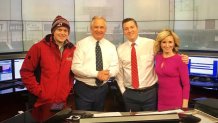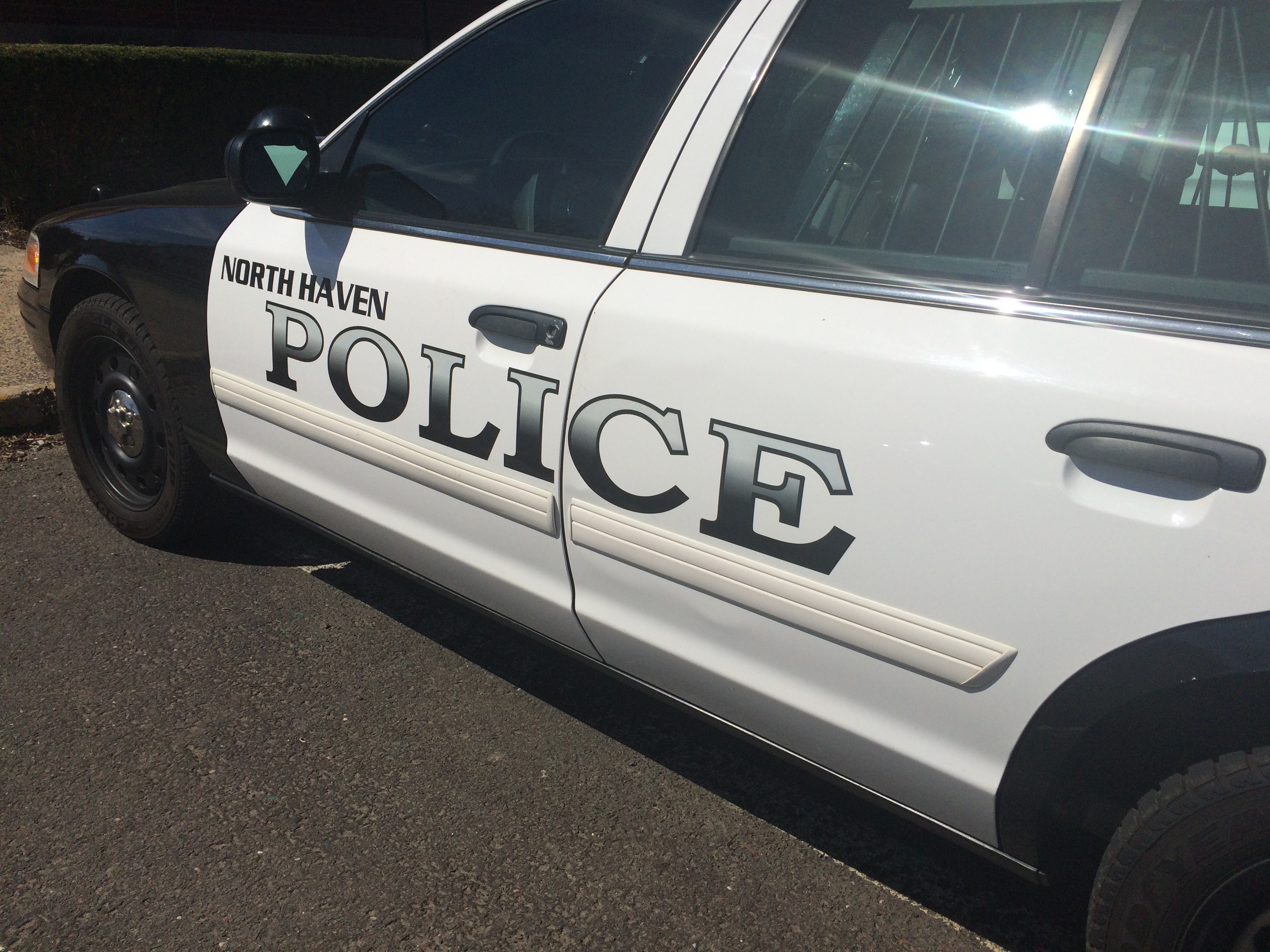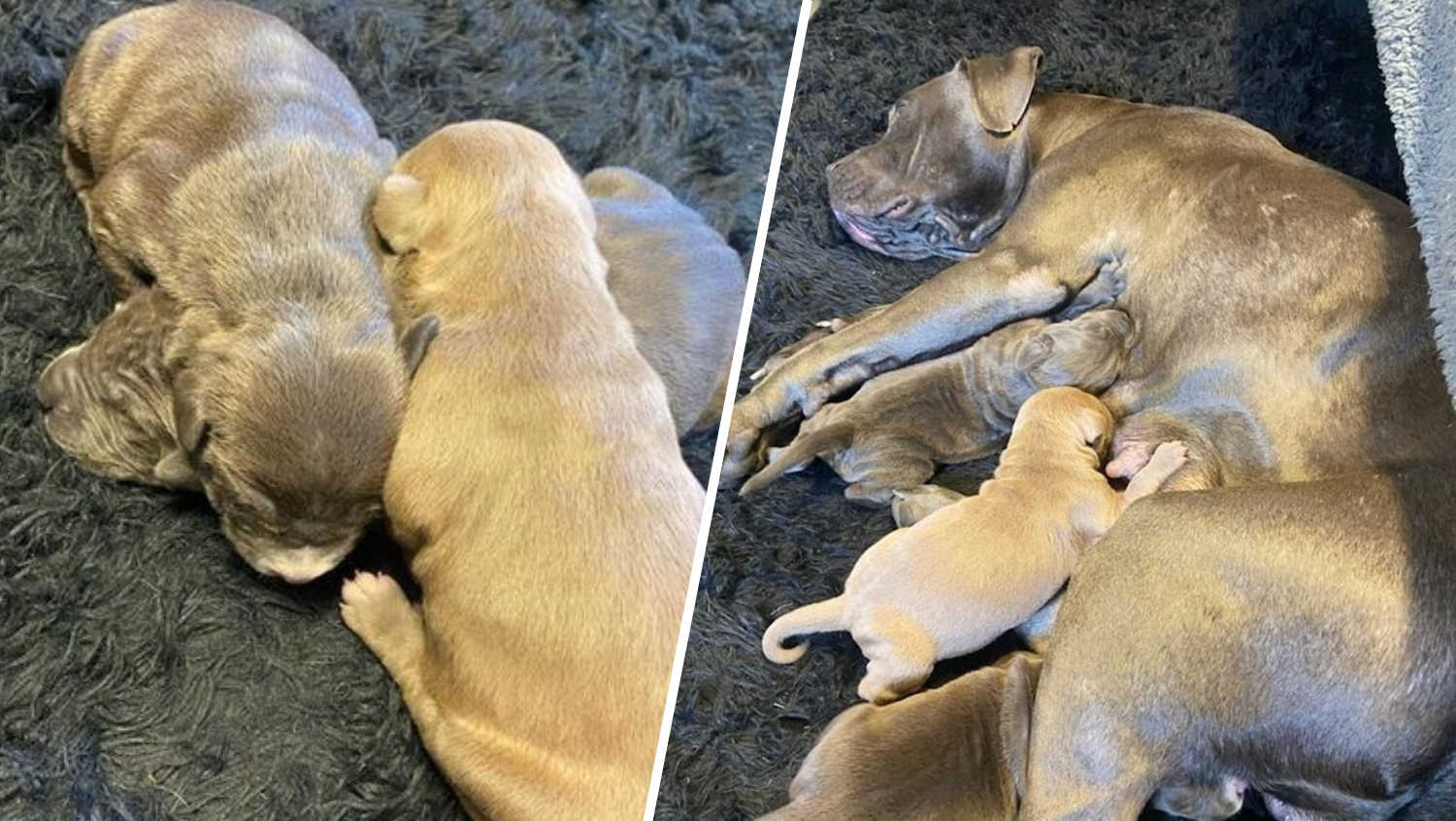A forecast of 6"-12" 48 hours before the storm hit. Actual snowfall at Bradley Airport? 0.1 inches. Oof.
So what the heck happened? The biggest problem with the forecast was that the storm wound up about 100 miles south of where I expected it to. Very dry air in the low levels of the atmosphere wound up overhead here in Connecticut resulting in little snowfall. On Long Island, however, nearly 20" of snow was reported in some towns!
The day prior to the storm it was clear that this one would be a challenge to predict. I tried to convey that as best as I could on Twitter, Facebook and also on our the broadcast side. I was about as uncertain as I can recall being recently about a snow forecast.
What was a challenge for us was that some of our modeling continued to show a big hit. The European model first cut back showing a dry air issue and a track to the south but virtually every other piece of guidance did not Tuesday afternoon. In fact, some of our high resolution modeling was predicting 20" of snow near New Haven the day before the storm - with an extremely sharp gradient to the north.

As it turns out the wacky 20" forecast was only off by about 25 or 30 miles - it fell over Long Island! Consistently our forecast was less than the National Weather Service which as late as midday Tuesday as predicting over a foot of snow for all of Connecticut. On Wednesday afternoon they were predicting up to a foot of snow for the shoreline. To people who say our forecasts were "hyped up" I can assure you they were not. They were wrong. They were too high. But they weren't hyped - in fact we were forecasting about 50% of what the National Weather Service was predicting.

I'm not sure what I would have done differently with this storm and that's what's most frustrating after the fact. I could see reasonable arguments for more or less snow with the modeled setup. Even as late as Wednesday our models were having fits trying to figure out how far north the snow would get. Some storms are just difficult to model. They're extremely sensitive to small changes and those sensitivities grow into huge errors in time.
One thing that many people - including an article in the Washington Post pointed to - was the high March sun angle as the culprit for the busted storm. Nonsense! In the parts of Connecticut that had snow the ratio of snow to liquid water was around or even better than 10:1! The snow didn't have much of a problem sticking when it was falling at a moderate rate. New Haven only picked up 0.11" of precipitation where the model consensus prior to the storm was over 1". This was an issue of just not getting any precipitation - not the sun angle. With a cold, dry air source to the north this was never going to be an issue with the strong March sun - if anything the cold and dry air proved too much here locally and kept the precipitation south.
A lot of people reached out and asked us why the forecast was so wrong. I hope this helps answer that question some. One thing I think is very important to point out is that even though this forecast was a bust weather forecasting is getting very, very good. Storm misses like this one happened with great regularity 15 years ago. Now they're fairly unusual.
Our computer models are now able to track hurricanes and blizzards 7, 8, or 9 days out. Irene and Sandy were on our radar almost a week out! Hurricane Bob (1991) wasn't really on anyone's radar until Saturday morning. It hit midday Monday. Imagine a hurricane appearing just 48 hours out now? I can't even fathom a scenario where that would happen locally.
The July 1989 tornado outbreak came as a surprise to most and the monster supercells were poorly warned. We forecast the potential for tornadoes 3 or 4 days before the 2011 Springfield tornado. Our Doppler Radar technology allows us to give warnings before a tornado is produced - and we can even see radar signatures for lofted debris after a tornado has touched down. In some respects, we're victims of our own success. During the storm a few weeks ago we were able to see snowflakes change their orientation in the clouds due to increased electrical fields and had a 5-10 minute heads up that thundersnow was likely. As forecasts have gotten better the expectations from the public have increased!

The job of a meteorologist has changed. People who claim we can "beat the models" are fooling themselves. We can't. We can do a better job expressing uncertainty. You can't get that on an app. Which forecasts are we confident in and which forecasts are we not confident in? This one was certainly the latter - and we knew that! People who watched our forecast the old fashioned way on TV (and many people did based on the ratings!) knew that this forecast was unusually challenging, we didn't expect much accumulation during the day, and that they should expect big changes. People who used just an app likely didn't know any of that. There is huge value in TV weather as we can add context, understanding, and local perspective you won't find on your phone.
Local
Beyond expressing uncertainty in a forecast human meteorologists still have a big role to play in the process. Accounting for model biases, knowing which models to use and when, recognizing that uncertainty, converting raw model guidance into real world impacts, communicating complex weather events to the public are all critical jobs that still need to be done.
We don't get them all right but we try like hell every single storm. Ditch the app on your phone that shows random numbers and icons and make the time to catch the weather on local TV before work, after work, or before bed. You'll be much better informed.



